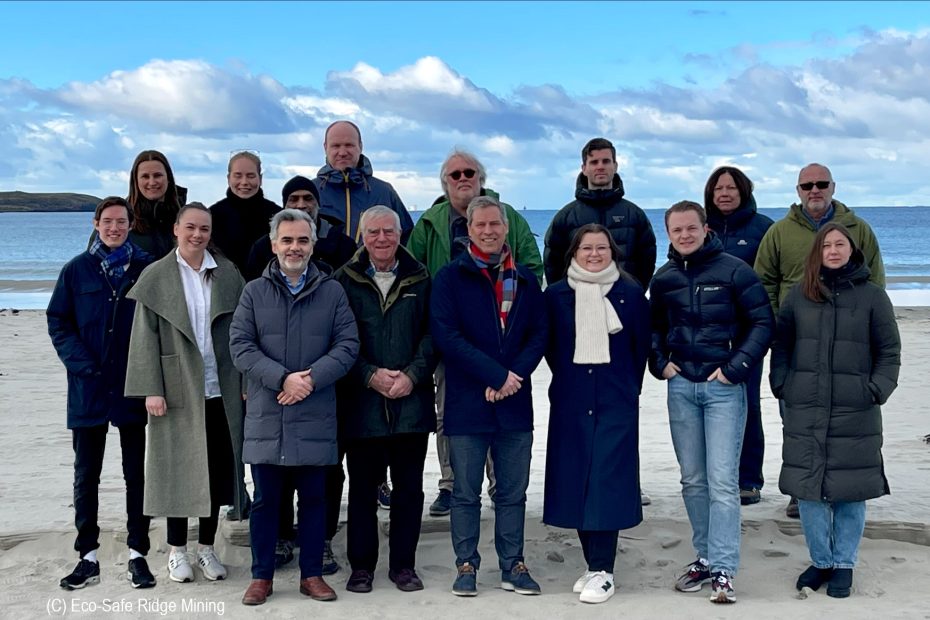The first annual meeting of the Eco-Safe project consortium took place on the 7-8 March at Sola, near Stavanger, with a few participants joining remotely. This event was a great opportunity for scientists, industry and authorities to interact and discuss the project’s scientific results, as well as environmental risk issues in relation to the opening process for deep-seabed mining in Norway. In addition to project members, both the Norwegian Environmental Agency and the Norwegian Petroleum Directorate participated in the meeting.
The first day was mostly dedicated to a Risk workshop, as part of a joint effort to establish a framework for the extraction of seafloor massive sulfides (SMS) on the extended Norwegian continental shelf (WP6). Steinar Sanni from the University of Stavanger steered the session, where relevant components of the risk framework were identified and discussed in light of scientific knowledge and expert opinion. The working group concluded that gaps in knowledge about the ecosystem and mining technology introduces high uncertainty in risk assessment, seriously limiting our ability to predict the severity of events and possible environmental consequences.
On day two, the project participants presented an update of scientific research activities and some preliminary results. Mapping of deep seafloor organisms and habitats along the Arctic Mid-Ocean Ridge (WP1) builds upon collaborating projects at the University of Bergen and specific studies developed within Eco-Safe. Such efforts continue leading to exciting discoveries and adding missing pieces to the biodiversity puzzle of this remote environment.
New knowledge about ecosystem functioning (WP2) is also being generated, as preliminary results offer important insights into the influence of hydrothermal vents on the food web structure of the surrounding seafloor habitats. Equally important for effective management of deep-seabed mining is to understand connectivity – linkages between different areas maintained by the movement of organisms – because it influences the ecosystem’s capacity to recover from disturbance. Initial work using DNA analysis suggests that hydrothermal vent fauna along the ridge has hidden diversity that is important to understand to plan the next steps in our connectivity studies, as patterns of connectivity might be different in different taxon groups.
Modelling of particle plumes (WP4) is already providing initial insights of how much plume dispersal can depend on the time and location of particle release. Combining modelling results with laboratory and field SMS toxicity experiments (WP5) will enable predicting the environmental effects of plumes generated by SMS mining.
Many thanks to all participants for contributing to a successful meeting and workshop. It was great to connect, looking forward to continuing this project together.
